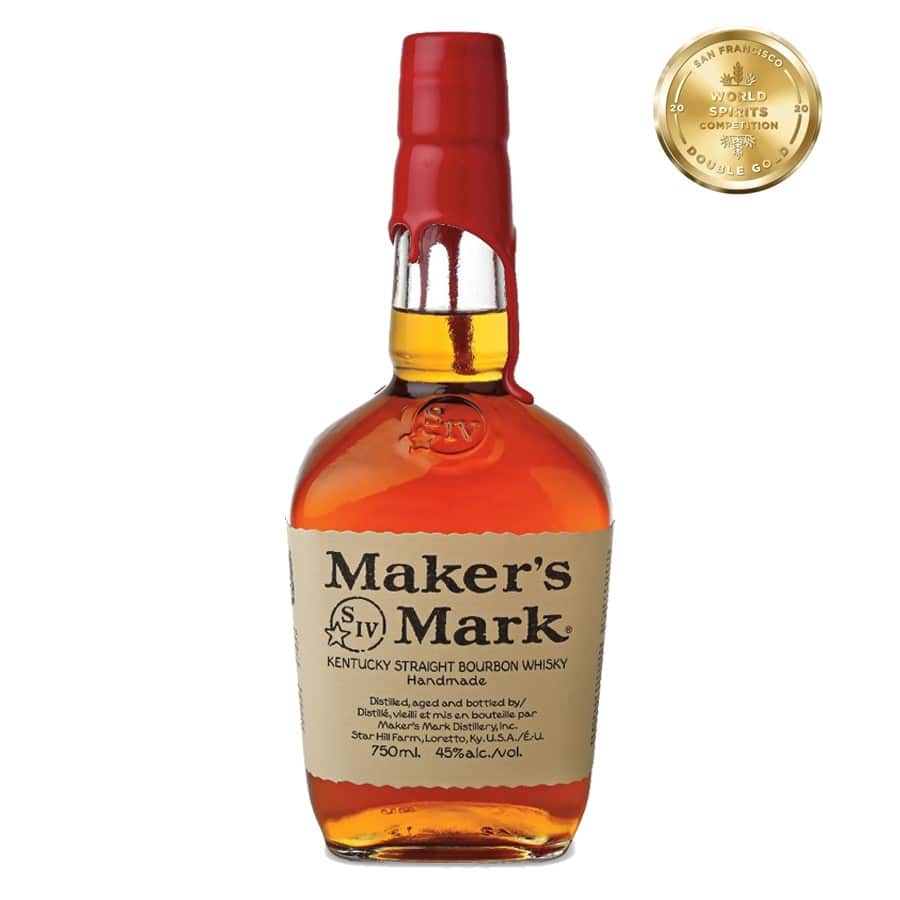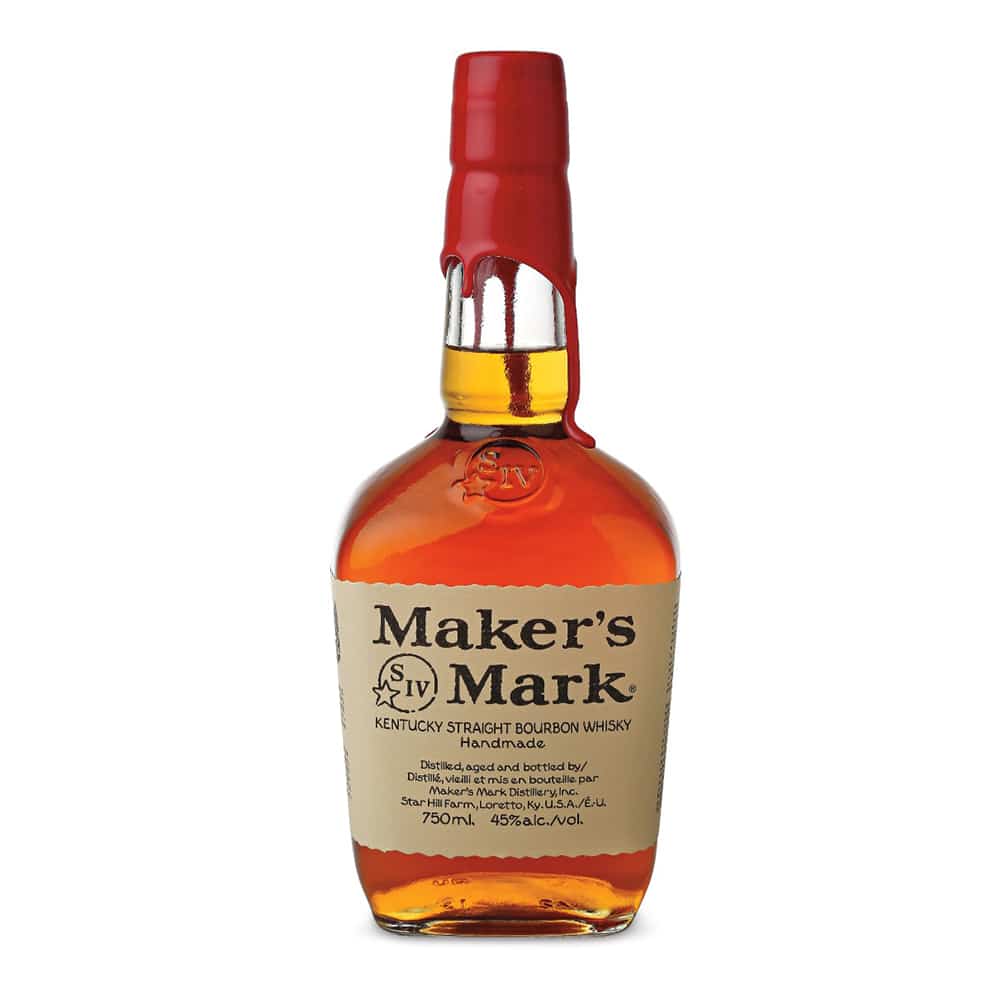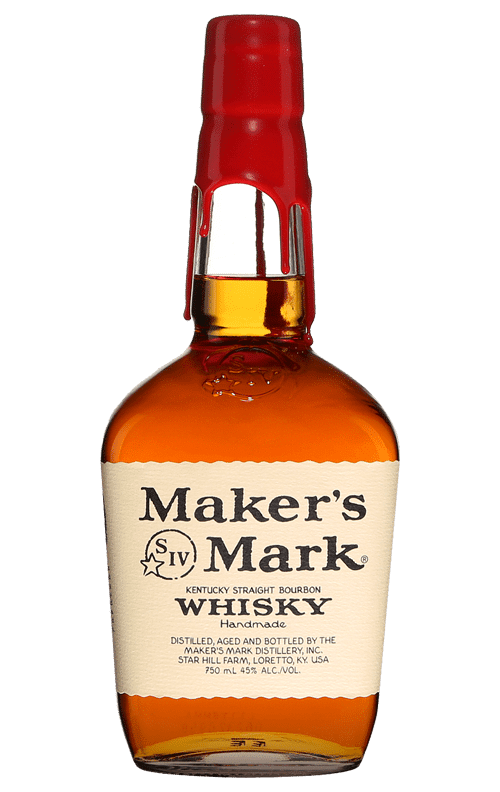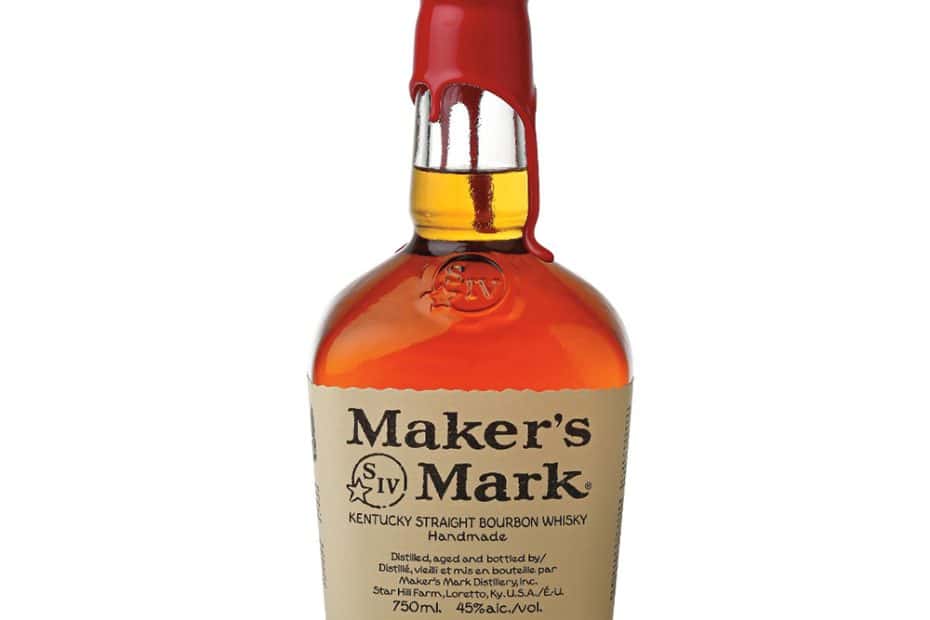Calling all bourbon enthusiasts! Today, we are about to unravel the mystery surrounding one of the most beloved spirits: Maker’s Mark. In this article, we will explore the age-old question that has sparked debates among connoisseurs: Is Maker’s Mark truly a bourbon? Prepare to immerse yourself in the fascinating world of whiskey as we shed some light on this intriguing topic.
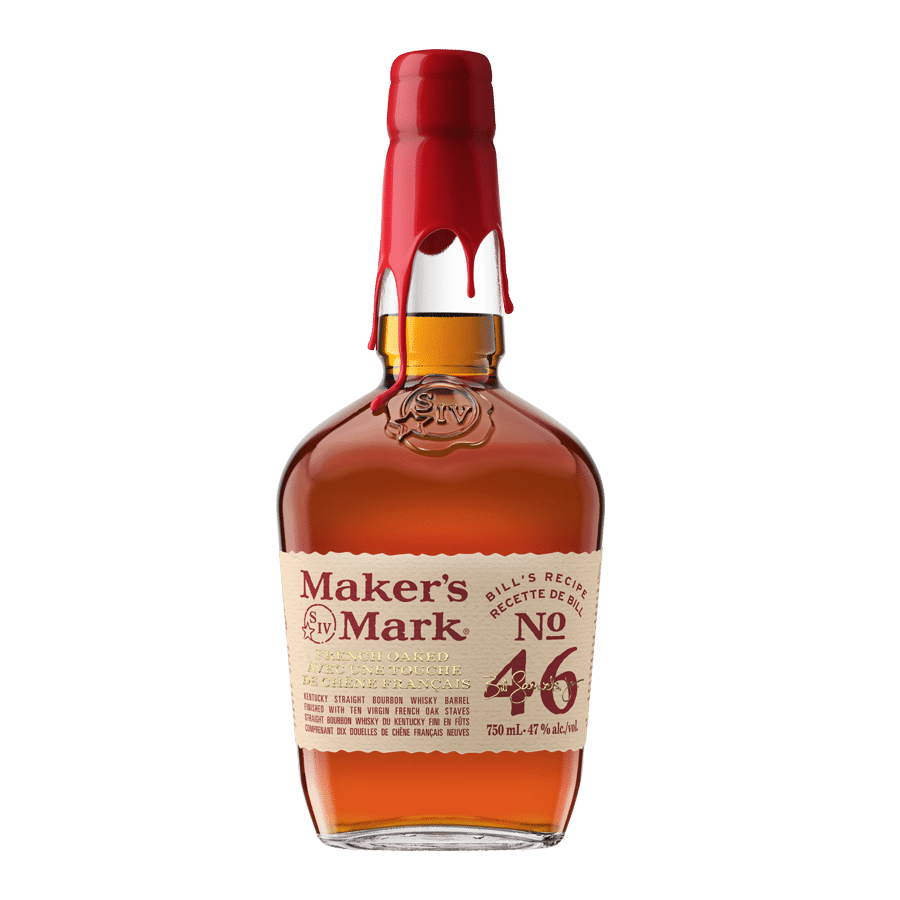
This image is property of www.wineonline.ca.
History of Maker’s Mark
Establishment of Maker’s Mark
The story of Maker’s Mark begins in Loretto, Kentucky in the year 1953. It was established by Bill Samuels Sr., who wanted to create a bourbon that would stand out from the rest. With a vision to produce a smooth and flavorful whiskey, Bill Samuels Sr. developed a unique recipe that would eventually become the foundation of Maker’s Mark.
Early years and expansion
After perfecting the recipe, Maker’s Mark officially hit the shelves in 1958. The brand quickly gained popularity for its distinctive taste and smoothness. As its reputation grew, demand for Maker’s Mark increased, leading to the expansion of the distillery. In 1981, Maker’s Mark became a National Historic Landmark, recognizing its contribution to the bourbon industry and its historical significance. Today, Maker’s Mark is one of the most recognized and beloved bourbon brands worldwide.
Distinctive red wax seal
One of the key features that sets Maker’s Mark apart is its distinctive red wax seal. This iconic symbol was first introduced in the early 1950s by Bill Samuels Sr.’s wife, Margie Samuels. Margie wanted to create a unique and eye-catching packaging that reflected the quality and craftsmanship of Maker’s Mark. She dipped each bottle neck into red sealing wax by hand, creating the signature look that remains a hallmark of the brand to this day. The red wax seal not only adds an elegant touch, but it also serves as a guarantee of the whiskey’s authenticity and quality.
What is Bourbon?
Definition of bourbon
Bourbon is a type of American whiskey that is primarily made from corn. According to the U.S. Federal Standards of Identity for Distilled Spirits, bourbon must meet specific criteria to be legally classified as bourbon. It is known for its rich and full-bodied flavor profile, making it a favorite among whiskey enthusiasts across the globe.
Requirements to be considered bourbon
To be considered bourbon, a whiskey must adhere to the following requirements:
- It must be produced in the United States.
- The mashbill, which refers to the combination of grains used in the production process, must contain at least 51% corn.
- It must be distilled to no more than 160 proof (80% alcohol by volume) and entered into the barrel for aging at no more than 125 proof (62.5% alcohol by volume).
- It must be aged in new, charred oak barrels.
- It must not contain any additives, other than water, introduced during the distillation process.
Bourbon production process
The production process of bourbon involves several key steps:
- Mash Preparation: The grains, including corn, barley, and rye, are mixed with water to create a mash.
- Fermentation: Yeast is added to the mash, initiating the fermentation process. This process converts the sugars in the grains into alcohol.
- Distillation: The fermented mash is distilled in copper stills to separate the alcohol from impurities and create a high-proof spirit.
- Maturation: The distilled spirit is aged in new, charred oak barrels. During the aging process, the bourbon absorbs flavors and colors from the wood, developing its unique characteristics.
- Bottling: After reaching its desired maturity, the bourbon is filtered, proofed down with water, and then bottled for sale.
Maker’s Mark Production Process
Ingredients used
Maker’s Mark uses a carefully selected combination of grains in its mashbill to create its distinct flavor profile. The primary grain used is red winter wheat, along with corn and malted barley. The choice of wheat as the secondary grain sets Maker’s Mark apart from traditional bourbons, which typically use rye as the secondary grain. This wheat-forward mashbill contributes to the smoothness and mellow character of Maker’s Mark.
Mashbill composition
The mashbill composition of Maker’s Mark consists of approximately 70% corn, 16% red winter wheat, and 14% malted barley. This unique blend of grains results in a bourbon with a softer and sweeter flavor profile compared to others in the market.
Distillation and maturation
Maker’s Mark undergoes a double distillation process in copper stills. This method helps to refine the spirit, removing impurities and further enhancing its smoothness. After distillation, the bourbon is carefully aged in charred oak barrels, allowing it to develop its complex flavors and aromas over time. The maturation period is typically around 6-7 years, although some limited-edition releases may be aged for longer periods.
Red wax seal process
The red wax seal process, a signature feature of Maker’s Mark, is carried out with utmost care and attention to detail. Each bottle is individually hand-dipped in the red sealing wax to create the iconic sealed appearance. This meticulous process adds a touch of exclusivity and craftsmanship to each bottle, making it instantly recognizable among bourbon enthusiasts.
Maker’s Mark and Bourbon Classification
Maker’s Mark meets all requirements of bourbon
Maker’s Mark holds the distinction of being a true bourbon whiskey, meeting all the legal requirements stipulated by the U.S. Federal Standards of Identity for Distilled Spirits. From its production in the United States to its mashbill composition and aging process, Maker’s Mark fulfills all the criteria for it to be classified as bourbon.
Designation as a Kentucky Straight Bourbon
Maker’s Mark goes beyond the minimum requirements for bourbon by earning the designation of “Kentucky Straight Bourbon.” This indicates that it is not only produced in Kentucky, the birthplace of bourbon, but also meets the additional criteria of having been aged for at least 4 years.
Maker’s Mark’s unique production process
What sets Maker’s Mark apart from other bourbons is its distinct production process. The use of red winter wheat instead of rye in the mashbill creates a bourbon with a unique flavor profile characterized by a softer and milder taste. This deviation from the traditional bourbon recipe is a key factor in the brand’s popularity and success.
This image is property of www.wineonline.ca.
Difference between Maker’s Mark and Other Bourbons
Wheat-based mashbill
The primary difference between Maker’s Mark and other bourbons lies in the choice of grains used in the mashbill. While most bourbons opt for rye as the secondary grain, Maker’s Mark utilizes red winter wheat instead. This wheat-forward mashbill gives Maker’s Mark a smoother and less spicy flavor profile compared to its rye-based counterparts.
Lead-free production
Another notable distinction of Maker’s Mark is its commitment to lead-free production. The brand made headlines in 2003 when it publicly announced its decision to remove lead from the wax used for bottle sealing. This proactive step highlighted Maker’s Mark’s dedication to consumer safety and ensured that every bottle of Maker’s Mark is free from potential lead contamination.
Distinctive taste and flavor profile
The combination of a wheat-based mashbill and careful aging in charred oak barrels results in Maker’s Mark’s distinctive taste and flavor profile. The bourbon showcases a balanced sweetness, with notes of caramel, vanilla, and a hint of fruitiness. Its smooth and mellow character makes it an excellent choice for both sipping neat or using in cocktails.
Maker’s Mark’s Place in the Bourbon Industry
Maker’s Mark’s popularity and market position
Since its introduction, Maker’s Mark has consistently maintained a strong presence in the bourbon industry. Its unique recipe, iconic packaging, and commitment to quality have earned it a loyal following of bourbon enthusiasts worldwide. Maker’s Mark has become synonymous with quality bourbon, positioning itself as a leading brand in the market.
Awards and recognition
Maker’s Mark’s dedication to excellence has not gone unnoticed. Over the years, the brand has been the recipient of numerous awards and accolades. These include multiple gold and silver medals from prestigious spirits competitions, acknowledging the craftsmanship and outstanding quality that Maker’s Mark consistently delivers.
Impact on the bourbon market
Maker’s Mark has had a substantial impact on the bourbon market, both in the United States and globally. Its success has encouraged other distilleries to experiment with different grain combinations and aging techniques, leading to a broader range of options and flavors for bourbon enthusiasts. Additionally, the brand’s commitment to tradition and attention to detail has set a high standard for quality within the industry.
This image is property of craftcellars.ca.
Critics and Controversies
Lower alcohol-by-volume (ABV) controversy
In 2013, Maker’s Mark announced their intention to reduce the alcohol-by-volume (ABV) of their bourbon from 45% to 42%. This decision was met with mixed reactions from consumers, as many expressed disappointment and concern over the potential impact on the flavor and overall quality of the whiskey. After receiving feedback from their loyal fanbase, Maker’s Mark quickly reversed their decision and returned to the original 45% ABV.
Extension of the Maker’s Mark range
In recent years, Maker’s Mark has expanded its range to include different expressions, such as Maker’s 46 and Maker’s Mark Cask Strength. While these releases have been well-received by many, some purists argue that these variations stray too far from the original recipe and dilute the brand’s identity. However, the continued success of these extensions demonstrates the brand’s ability to innovate and cater to evolving consumer preferences.
Consumer reactions and brand image
Controversies and changes within Maker’s Mark have sparked discussions and debates among bourbon enthusiasts. While there are dissenting opinions, the overall consensus remains positive. Maker’s Mark’s dedication to quality and its willingness to listen and respond to its consumers have been instrumental in maintaining a strong brand image and preserving its loyal fanbase.
Conclusion
Maker’s Mark has become a prominent figure in the bourbon industry, known for its distinctive flavor profile, iconic packaging, and commitment to quality. From its humble beginnings in Loretto, Kentucky to its global recognition and awards, Maker’s Mark has solidified its place as one of the world’s leading bourbon brands. By adhering to the requirements of bourbon, while also incorporating unique elements such as a wheat-based mashbill and the famous red wax seal, Maker’s Mark has successfully carved out a niche within the industry. Despite controversies and criticisms along the way, Maker’s Mark continues to thrive and captivate bourbon enthusiasts with its exceptional craftsmanship and unwavering dedication to producing premium whiskey.
This image is property of www.harvestwines.ca.
